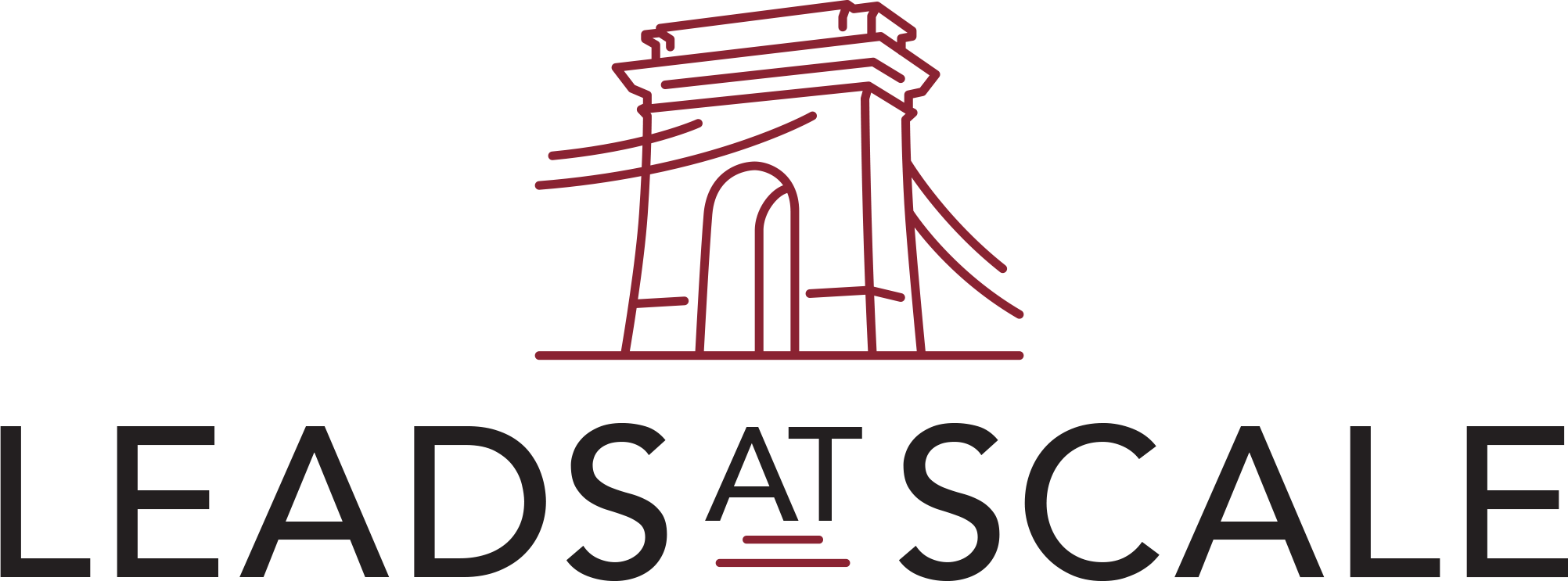B2B marketing is a complex process that differs from other types of marketing. From how you target potential customers to how you communicate with them. One of the most critical aspects of B2B marketing is segmentation, which we’ll be discussing in this article.
What Is Market Segmentation?
In simple terms, market segmentation is the process of dividing a target market into smaller, more manageable groups. While this isn’t unique to B2B marketing, the process is often more complex due to the number of factors involved.
Market segmentation also allows for personalization of the marketing message, which can be key in B2B sales. After all, businesses are made up of people. And people respond to messages that are tailored to them.
Why Should You Segment Your B2B Market?
There are several reasons why B2B market segmentation is so important:
- It allows you to focus your resources on the most promising segments
With market segmentation, you can focus your limited resources on the segments that offer the most potential. This might include segments that are growing rapidly or have high profitability. Otherwise, you would have to cast a wide net and hope some of your marketing efforts pay off.
Spreading your resources too thin would likely harm your results.
- It helps you create targeted marketing messages
Market segmentation allows you to create targeted marketing messages. This is because you have a better understanding of the needs and wants of each segment.
With targeted messages, you can improve your chances of attracting the attention of your target market. You’re also more likely to convert leads into customers since you’re providing them with relevant information.
- It can help you identify new growth opportunities
You can also use the data gathered from market segmentation to identify new opportunities for growth. These might include new markets to enter or existing markets to target more aggressively.
This is especially important in today’s ever-changing business landscape. By being proactive and identifying new opportunities, you can stay ahead of the competition.
- It can improve your bottom line by increasing sales and reducing marketing costs
You can improve your bottom line by segmenting your market by simply getting more sales. A Mailchimp study of over 18 million email recipients showed that segmented campaigns get 14.3% more opens than non-segmented campaigns.
This increase leads to more potential sales and, ultimately, more revenue.
B2B vs. B2C Customer Segmentation
B2B and B2C market segmentation may seem similar at first glance. However, there are some key differences to keep in mind.
Decision-Makers
In a B2B purchase, there are usually multiple decision-makers involved. This can include the financial decision-maker, who is concerned with the cost of the product or service. There’s also the technical decision-maker, focused on whether the product or service meets the company’s needs. And sometimes, the CEO or other senior executives must give final approval.
In a B2C purchase, there is usually only one decision-maker. That makes the process simpler since you only have to convince one person to make a purchase.
Buyer’s Journey
The buyer’s journey is the process buyers go through when purchasing. In a B2B sale, this can be a lengthy process since there are multiple decision-makers involved. B2B companies are also less likely to buy based on emotions. They want to be sure that they’re making a wise business decision.
Complex Products or Services
B2B products and services are often more complex than B2C products and services. They’re aimed at businesses that have more complex needs. As a result, B2B buyers need more education to understand the product or service.
This complexity can make market segmentation more difficult in a B2B setting. However, it’s still possible to segment your market effectively by understanding the needs of each segment.
More Personal Relationship
In a B2B sale, the relationship between the buyer and seller is usually more personal. B2B buyers often look for a long-term partner they can rely on. As a result, trust is an essential factor in the sale. In a B2C sale, the relationship is usually less personal. The buyer is only concerned with the product or service itself.
This difference can impact the way that you segment your market. You might prioritize sit-down meetings or phone calls with B2B buyers to build a relationship. With B2C buyers, you might focus more on online marketing since they’re less likely to want a personal relationship.
How To Segment B2B Customers?
Now that we’ve discussed the importance of market segmentation, let’s discuss how to segment your B2B market. The best way to segment your market will depend on your products or services, your goals, and your target market.
Compare these five common ways to segment a B2B market:
Firmographic Segmentation
Have you ever heard of demographic segmentation? Firmographic segmentation is similar to demographic segmentation, but it’s used to segment businesses instead of individuals. With firmographic segmentation, you can segment your market based on factors like:
- Industry
- Company size
- Location
- Revenue
This type of segmentation can be helpful if you’re selling products or services specific to a particular industry. For example, if you’re selling accounting software, you might want to segment your market by the accounting industry. This would allow you to create marketing materials tailored explicitly to accountants’ needs.
However, it is not the most accurate way to segment a B2B market. Businesses can be very different, even in the same industry. It’s also worth noting that some businesses might not fit neatly into one category. A company might have multiple locations with different sizes and revenue levels.
Firmographic segmentation can be a helpful starting point for market segmentation. However, you’ll likely need to use other methods to get a more accurate picture of your target market.
Needs-Based Segmentation
With needs-based segmentation, you segment your market based on the specific needs of each segment. For example, if you’re selling accounting software, you might segment your market by each business’s accounting type.
Once you identify the needs of each segment, you can create marketing materials that address those needs. From curated content like blog posts and whitepapers to targeted ads and social media campaigns, you can zero in on the needs of each segment and improve your chances of making a sale.
Behavioral Segmentation
Behavioral segmentation is another common way to segment a market. With behavioral segmentation, you segment your market based on the behavior of each segment. For example, you might segment your market by:
- How often they purchase your product or service
- The average order size
- When they purchase your product or service
- Where they purchase your product or service
- The channels they use to prospect and purchase
This type of segmentation can be helpful if you’re trying to increase customer loyalty or encourage repeat purchases. It also enables you to adapt your marketing strategy to the customer’s behavior. For example, if you know that a customer only purchases your product once every six months, you can time your marketing campaigns around their purchase cycle.
Customer Tiering Segmentation
You don’t want to waste your time and resources marketing to customers who will never make a purchase. That’s where customer tiering segmentation comes in. With customer tiering segmentation, you group your customers into tiers based on their potential value.
For example, you might put your best customers in Tier 1, your mid-level customers in Tier 2, and your lower-level customers in Tier 3. You would then focus your marketing efforts on Tier 1 and Tier 2 customers with the most potential to generate revenue.
This type of segmentation can be helpful if you’re trying to increase sales and optimize your marketing budget. By focusing your efforts on high-value customers, you can get the most bang for your buck.
Customer Sophistication Segmentation
Finally, customer sophistication segmentation is a market segmentation strategy that’s becoming increasingly popular. With customer sophistication segmentation, you group your customers into segments based on their level of sophistication.
A startup will understandably have different marketing needs than a Fortune 500 company. By understanding the sophistication level of your customer, you can adapt your marketing strategy to meet their needs.
B2B Market Segmentation Best Practices
Once you’ve decided on a segmentation strategy, there are a few best practices you should keep in mind:
- Get granular: The more specific you can be with your segments, the better. By getting granular, you can create marketing materials that are tailored to the specific needs of each segment.
- Use multiple methods: Don’t rely on just one method of market segmentation. Use a combination of methods to get a well-rounded view of your target market.
- Prioritize your segments: Not all segments are created equal. Figure out the most potential segments and focus your efforts on those.
- Test and refine: Market segmentation is an ongoing process. As your business grows and changes, your segments will change too. Be prepared to test and refine your segments on a regular basis.
- Understand qualitative vs. quantitative data: Be sure to use both qualitative and quantitative data when segmenting your potential customers. Qualitative data will give you insights into why customers behave the way they do, while quantitative data will give you hard numbers to back up your findings.
Outsource The Process
As you can see, B2B market segmentation is no easy task. There’s a lot of data to collect and analyze, and the process can be time-consuming. If you don’t have the resources to do it yourself, you may want to consider outsourcing the process to a market research firm.
At Leads at Scale we have the tools and expertise to help you segment your market quickly and effectively. Contact us today to book a demo and learn more about our services.



